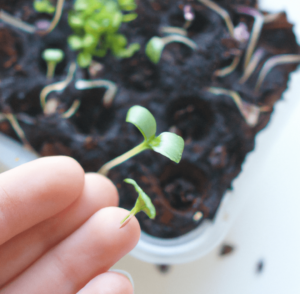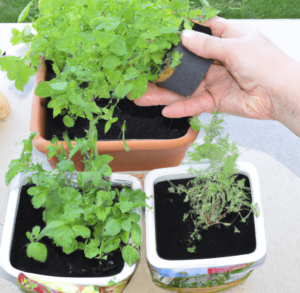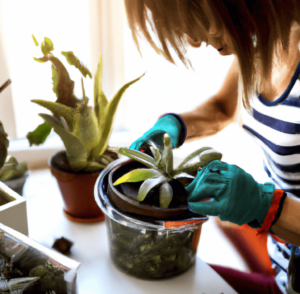Growing your own garden strawberry plants can be extremely satisfying and rewarding. Not only will you be able to improve your gardening skills, but you can also enjoy delicious strawberries any time!
These ruby red berries can be a little tricky to grow due to their delicate exterior. And with the right steps and a little care, you can enjoy large, juicy, and sweet strawberries produced from your garden in no time. You can learn more about our gardening guides and find out how you can plant potatoes, mulch your garden properly, and know the best type of fertilizer for fruit trees and plants.
If you are interested in planting strawberry plants or learning how to grow strawberries and getting steady fruit production, then keep on reading!
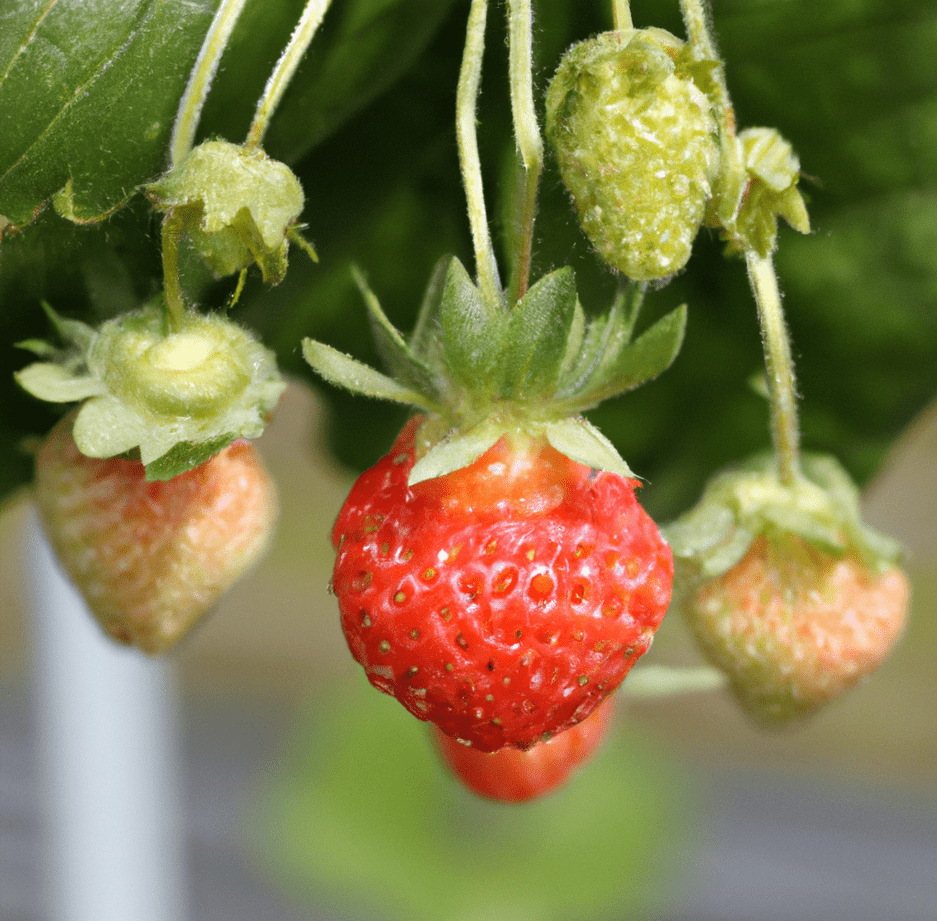
What are the Different Types of Strawberries
There are 3 main categories and types of strawberries.
- June strawberries are grown mid-June to ear July.
- Ever-bearing strawberries produce batches in early summer and another one in early fall.
- Day neutral strawberries grow all through the season.
The first type, June strawberry plants produce the most amount of strawberries from June to July but in a shorter period of time.
The June bearing varieties usually take 4-5 weeks to flower and are ready for picking. On the other hand, day neutral and ever bearing strawberries flower in peak spring season and take almost the same time to grow and are ready for harvest. The only difference is that they keep growing through the summer months.

Planting and Caring for Young Strawberry Plants
Strawberries thrive in warm weather. In fact, giving your young plants 10 or more hours of direct sunlight every day is ideal for homegrown strawberries and new plants. A minimum of 5-6 hours of sunlight is also alright and will still help produce sweet fruit.
We highly recommend conducting a quick soil test beforehand so you know what nutrients your soil lacks and what can be added to enhance the sweetness of your own strawberries.
Before you start planting strawberries, it is a good idea to add and work in some well-rotted compost to the soil. This injects it with helpful nutrients and even improves drainage. Additionally, compost can also increase microbial activity which helps growing strawberries.

Picking the Right Spot to Plant Strawberries
Choosing the right site to plant strawberries is essential and crucial in avoiding the risk of disease or insect infestation. If you are interested in growing your own strawberries in your front or backyard, here are a few tips to keep in mind before you start planting them.
- Pick a spot that is at a distance from trees, large shrubs, or buildings. This is because these cast shadows and strawberry plants thrive in direct sunlight. Exposing them to shade for more than a few hours a day can lead to a poor yield or your strawberry plant dying. Additionally, trees also compete for water with strawberry plants so make sure that they are planted at a distance where the roots for your strawberries have ample space. Keep your soil moist for root hydration.
- To grow strawberries, you must ensure that your soil is well drained and does not accumulate excess water, especially after rains.
- Planting strawberries on higher patches or raised beds reduces risks of frost damage significantly and it also helps with aeration.
Correctly Spacing Strawberry Plants
We recommend planting several strawberry plants together in a strawberry bed. This helps reduce weed seeds and excessive weed growth.
You can use the matted row system to space your growing strawberries so it is easier for the mother plants to bear fruit. This system requires strawberry plants to grow 18-24 inches apart and each row 3-4 feet apart.
This is especially important for the June-bearing strawberry varieties as these new plants send out several runners and thus require space between each individual plant. Otherwise, your strawberry plants will become overcrowded.

Growing Strawberries with Correct Depth
Once the soil is warm enough during springtime, you can begin planting the dormant plants. As for potted strawberry plants, these should be planted right after you purchase them and once the risk of frost has passed.
The correct planting depth is vital to grow strawberries and ensure a healthy harvest. If the strawberry crowns are planted incorrectly and are too shallow, then they can dehydrate and die quickly.
On the other hand, if they are planted too deep then the new leaves will not be able to break through the soil. If you have potted plants from a nursery, simply plant it at the same depth as in its original container.
Watering Your Growing Strawberries
Follow the tips below to ensure a steady watering schedule and to keep your growing strawberries from over or underwatering.
- Once planted, make sure that the soil around the strawberries is firm and watered through.
- Create a steady watering schedule of 1-1.5 inch per week.
- To double check, you can always use a rain gauge or simply keep track of rainfall, or use a drip system to keep track of water in your strawberry plants.
- You should not soak the soil around these plants more than once a week.
- We recommend watering these young plants earlier in the day so the leaves can properly dry by evening time and this can help in preventing diseases.
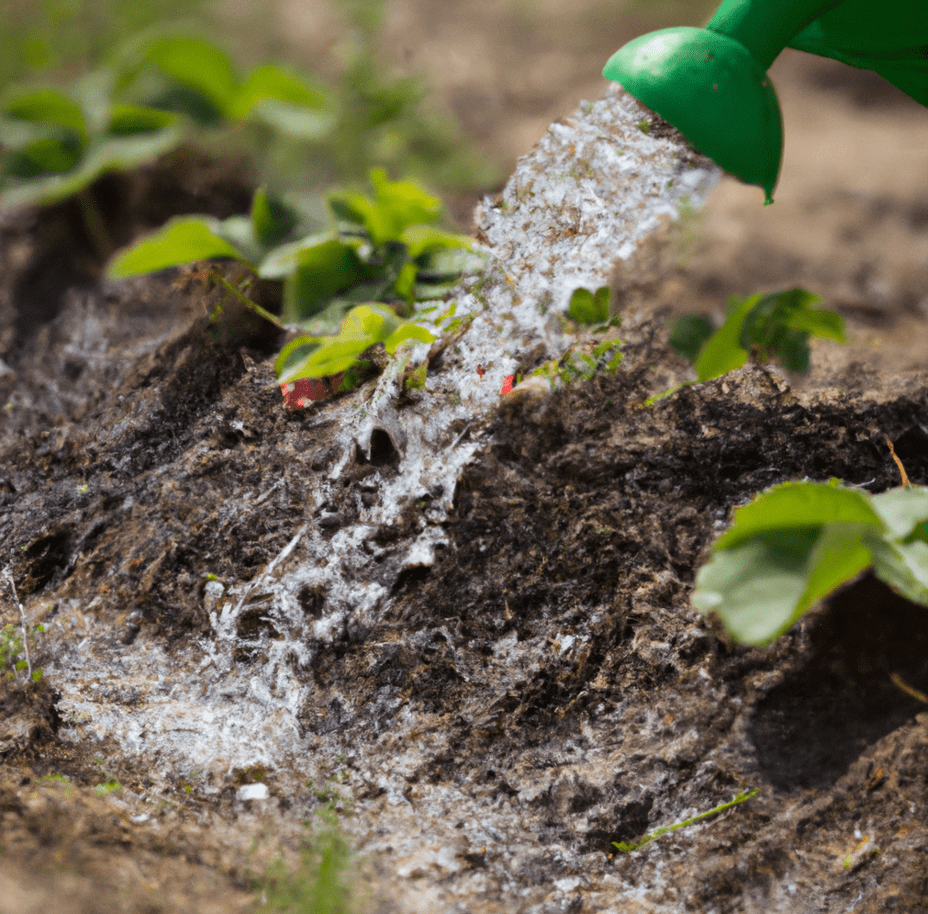
How to Grow Strawberries for Healthy, Sweet Fruit
Springtime
Once you have planted the strawberry plants, start pinching off any flower buds for at least the first 2-3 weeks. This helps the new plants produce leaves and healthy roots. Once the pollination begins and the flowers start to grow, your plant will have ample energy to produce plump and juicy strawberries.
Summertime
This is when runner plants will start to appear and you can place them where you want the strawberry plants to fill in. This is excellent to help the young plants to root where you want it exactly. If there is excessive running, you can use shears or scissors to cut them off.
Once the fruit is ready, begin harvesting. Remember to continue watering the plants as per schedule. Thin them out so the remaining ones are only 7-8 inches apart. If you notice any older, woody strawberry companion plants, cut them out and leave the younger plants for next growing season.
Finally, compost around these plants to help them flourish and grow through the summer months.
Fall
When the winter chill begins to hurt, the June-bearing strawberries will still continue to grow and produce runners but eventually will die. Simply keep removing the runners in case of overcrowding.
If the temperature stays below 40*F, your strawberry plants will enter dormancy but you can add straw mulch layers about 4-6 inches to protect the plants against extreme cold and frost. This will help them emerge again during springtime.
Day neutral varieties may not survive it but it is still worth a try.
Wintertime
This is when your strawberry plants will go into their rest phase. The mulch layers will protect it from excessive, bitter cold and the layers of snow on top will also help insulate it and guard it against frost damage.
You can rake off the mulch during spring but keep some between and under these dormant plants to help keep the roots moist and prevent weed growth.
Fertilizing Strawberry Plants
If you notice a lack of runners in the June bearing strawberry plants, then it could be because they need more nitrogen. By applying good quality compost and organic fertilizer, you can remedy this problem.
Before the next spring, you may also need to add more compost to keep your soil ready and packed with nutrition and help with future yield.
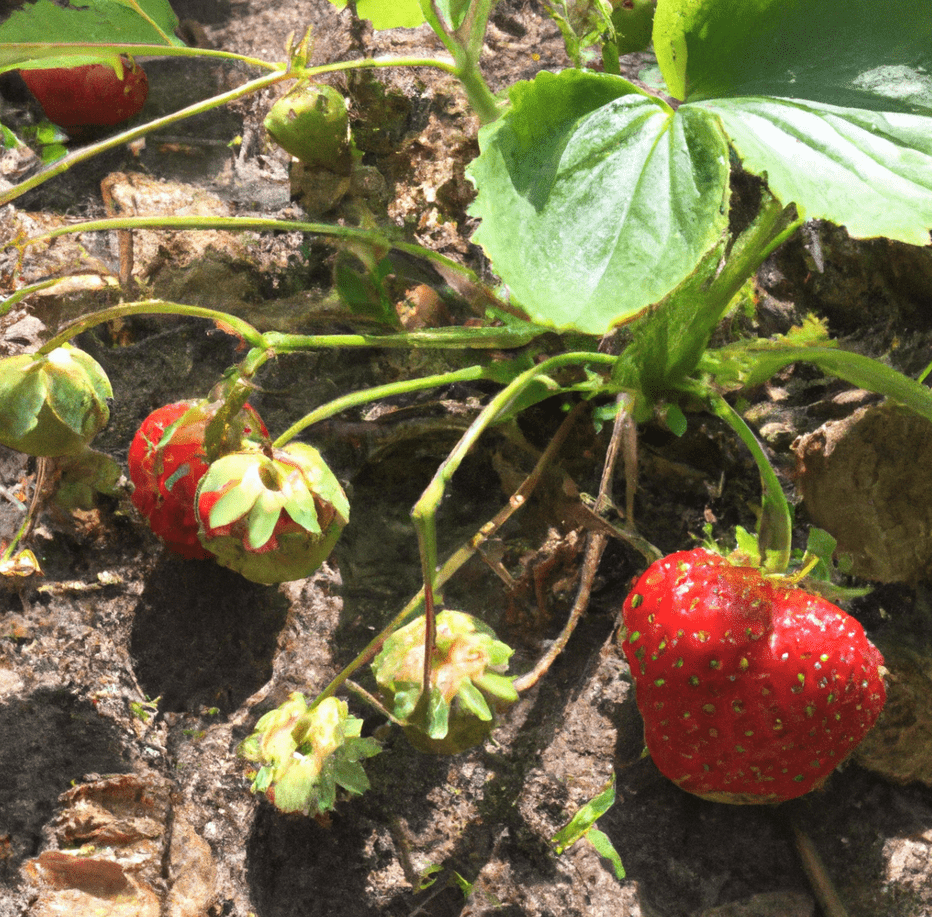
Harvest Strawberries and Store Them Properly
You know your strawberries are ready for harvest once they become ruby red. These berries ripen from the top to the leafy ends and if you notice white patches, it is because the leaves have covered the fruit.
Homegrown berries aren’t always large but they certainly taste the best. Keep an eye on the color of your strawberries. Once harvested, refrigerate them immediately as these berries do not last for long, even in the fridge.
Protecting Strawberry Bed Against Winter Damage
Since this is a summer fruit, strawberries thrive in warm weather months and under direct sunlight. The crown of your strawberries will wither away and die at 15*F, therefore, protection is essential.
Always cover your strawberry plants with 5-6 inches of straw mulch once 2-3 frosts have hardened the plant. This helps with insulation and provides protection against chill and cold damage. This is extremely handy during late fall and early spring when planting strawberries.
Disease Risks When You Grow Strawberries
Fresh strawberries are always at risk of rot and other leaf blight and diseases. This may include a variety of fungi that cause the fruit and its roots to rot, especially during the growing season. The signs of such diseases often show on leaves and the ripe fruit.
To keep fungi and other diseases from leeching on to your plant, make sure you plant your strawberries in the full sun and avoid crowding them. Always water fresh berries early in the morning so there is ample time for the delicious berries and their leaves to dry thoroughly. Finally, add layers of straw mulch under the plants to keep them protected against frost damage.

Frequently Asked Questions
Do strawberry come back every year?
Yes, strawberries come back every year. Due to the fact that strawberries are perennials, they experience a period of hibernation in the winter and emerge in the early spring ready to start another growing season. Your strawberry plants in pots can be as fruitful as in-ground plants with just a little bit of preparation to get them through cold temps.
Should you let strawberry runners grow?
Yes, you can now remove the runners or leave them on the plant; neither action will have an impact on fruiting. Plant the runners once you remove them so they can grow into strawberry plants for the following year.
How many strawberries will one plant produce?
Firstly, every strawberry plant normally yields a quart of strawberries annually. Throughout the year, types like the Ozark Beauty will yield two main crops and a few sporadic berries. They normally add up to around a quart of total production when combined.


